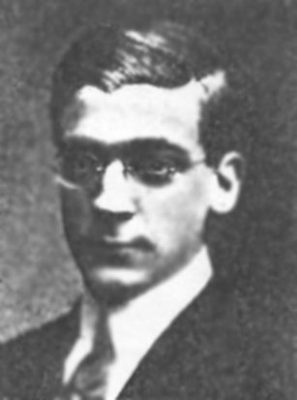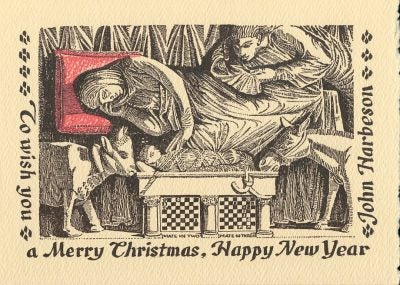John Frederick Harbeson (1888-1986), B.Arch 1910, M.Arch. 1911
John Frederick Harbeson was born in Philadelphia to James Page Harbeon and his wife Fredericka Krauter Harbeson. While an architecture student at the University of Pennsylvania his work was recognized in 1910 with the Arthur Spayd Brooke Prize; three years later his design for a new case for the Liberty Bell earned him the Cope Memorial Prize.Later Harbeson returned to Penn as a professor and administrator, serving as Chair of the Department of Architecture from 1927 to 1935 and Acting Dean of the School of Fine Arts from 1929 to 1930. He was chiefly responsible for opening the architectural degree program to women.
Harbeson worked with many Philadelphia architects during his long career and played an important role in the dissemination of Beaux Arts architecture as brought to Philadelphia by his mentor Paul Cret. As an undergraduate, Harbeson had worked for John Windrim during the summers, but after graduation he went to work for Cret. In 1923, Harbeson, along with William Hough and William Livingston, enter into partnership with Cret. Later Roy Larson joined the firm, which continued after Cret’s death in 1945, as Harbeson, Hough, Livingston, Larson, now known as H2L2.
Harbeson was active in many professional organizations and received many honors during his long career. He was a member and fellow of the American Institute of Architects, Philadelphia’s T-Square Club, the Royal Society of Arts (London), the National Academy of Design, and the American Battle Monuments Commission (replacing Cret).His honors included the Philadelphia Art Alliance Medal of Achievement (1974), the Society of Architects’ Pennsylvania Award (1980), the Philadelphia Chapter of the AIA Citation for Excellence (1984), and the Carpenters’ Company award for “40 years of extraordinary service and fine fellowship” (1986).



